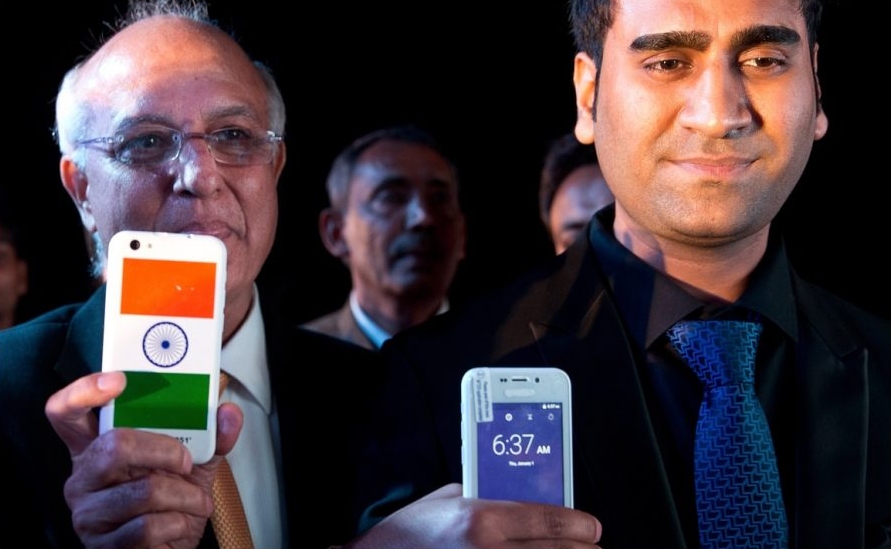
The cost of a new smartphone has dropped significantly over the past several years although if you’re only shopping in the flagship market, you may be blind to this fact. If you look around, you’ll find several quality handsets from reputable manufacturers for just a few hundred bucks and even entry-level phones for less than $50.
Compared to the latest smartphone from Indian startup Ringing Bells, however, that’s still really expensive.
The company’s Freedom 251 handset commands just 251 rupee, or about $4. Yes, that’s right – four bucks for a smartphone. How is that even possible?
According to Ben Wood, an analyst at CCS Insight, it’s not. Wood told CNET that there is absolutely no way it is possible to make a smartphone for $4, adding that even the cheapest, vaguely functional feature phones with basic talk and text command a bill of materials of at least $15. That doesn’t even include the cost of research and development, marketing and manufacturing.
According to its website, the Freedom 251 will carry a 4-inch qHD IPS display that’s powered by a quad-core 1.3GHz processor alongside 1GB of RAM and 8GB of local storage (expandable via SD card slot to 32GB). There’s also a 3.2-megapixel rear-facing camera with autofocus and a 0.3-megapixel shooter up front – all running Android Lollipop 5.1 from a 1,450mAh battery.
Some, like Counterpoint Research senior analyst Tarun Pathak, have speculated that the device is being subsidized by India’s government. If true, Wood notes that such a steep subsidy will be completely unsustainable.
Ringing Bells says deliveries are expected to begin on June 30.
Image courtesy FitnHit